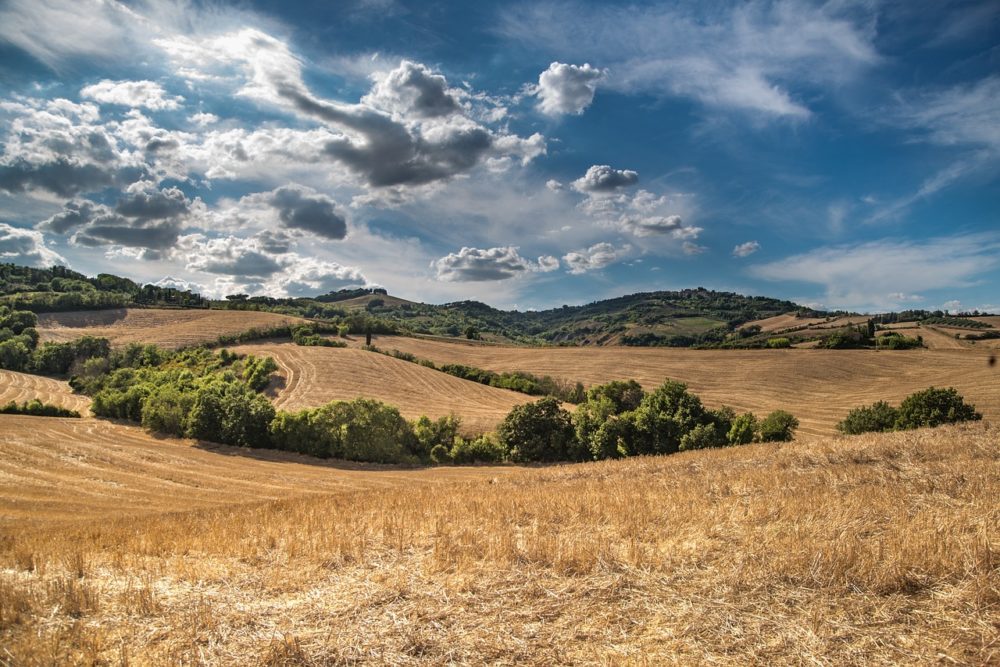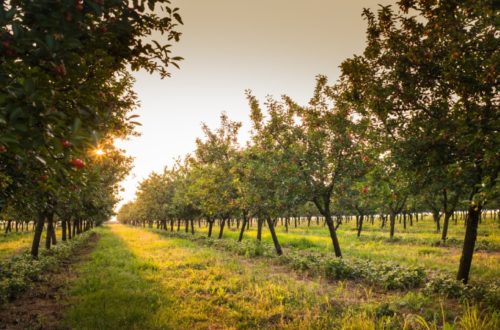Everything You Need to Know About Soil Erosion and Its Prevention

Soil erosion is the forceful removal of topsoil or silt due to exposure by elements such as water, wind, ice, and gravity. It is therefore important for you as an individual to pay attention to the signs and report to your local government as soon as you can right before it escalates to something dangerous.
But first and foremost, you’ll have to fully understand everything about erosion, its effects and the many ways you, as well as your local government, can prevent it. This includes a good seed company and everything they have to offer when it comes to the fight against soil erosion and the dangers that come with it.
Factors That Contribute to Erosion
There are quite a number of factors that contribute to soil erosion. It is important to note that while some of these factors can be controlled, most of them can’t. It is, therefore, a brilliant idea for you to carefully study them before deciding on exactly what you need to do. These factors will include:
- The climate of the supposed area
- The lack of proper vegetative cover
- Poor farming methods
- The topography of that particular area
- The type of soil in that area
It is wise for you to consider all the above elements and see to it that you are doing all you can to stop soil erosion in your area. And if the erosion is too rampant for you, then all you need to do is contact your local government. Doing so will help them take care of the issues before it aggravates into a health hazard of some sort.
Degraded soil poses a significant risk for owners of land where erosion occurs. When occurring around an established structure, soil erosion can lead to damage to, or even total failure of, the structure. For agricultural land, erosion can lower the productivity of the soil being used for farming, a process which contributes to food shortages. The Natural Resources Conservation Service (NRCS) states that some land has seen productivity decreases of up to 50% as a result of soil erosion.
Areas That Are Prone to Erosion
It goes without saying that there are some areas that are affected more than others when it comes to soil erosion. For instance, areas that have no vegetative cover are more likely to be affected more than those with plenty of vegetation cover. The same will also be the case in areas that have snow compared to that which doesn’t snow.
The terrain of an area will also go a long way in determining whether it will be affected by erosion or not. For instance, an area that has a rugged terrain with slopes and cliffs is much more prone to erosion compared to the area that is basically flat. This is because gravity, as well as running water, will play a great role in causing erosion.
Last, but not least, areas near rivers and moving water sources, as well as those in windy areas, are also more than likely to be plagued by erosion compared to those that don’t. It is therefore very important to note these areas so that they can take the necessary measures to control the erosion before it grows to become a health hazard.
Effective Ways of Preventing Erosion
Once you know the different kinds of erosion, as well as the different areas that are most likely to be affected by it, your next order of business should be finding the most effective ways to prevent it from happening. Some of these ways include the following:
- Growing cover vegetation such as grass and shrubs
- Avoid deforestation by all means necessary
- Avoid farming near cliffs, valleys and river banks
- Planting trees in windy areas can do such an incredible job in reducing soil erosion in such areas.
Your local government can also do one better and develop sustainable landfills. Unlike the ordinary landfills, the modernized sustainable landfills will not affect the soil fertility and makes it easy for soil erosion to take place. That said, it would do you some good to also look for other effective ways of preventing soil erosion and share them with your local government.
As mentioned earlier, erosion can become a health hazard especially if it is not taken care of in time. There are some mild cases where an individual may just need to grow some vegetation and so on.
But in much bigger areas, its always better to contact the authorities and get them to handle the situation using any of the above-mentioned methods. It would also be in your best interest to learn more about the different types of soil erosion and how best you can control each and every single one of them.
Would you like to receive similar articles by email?



